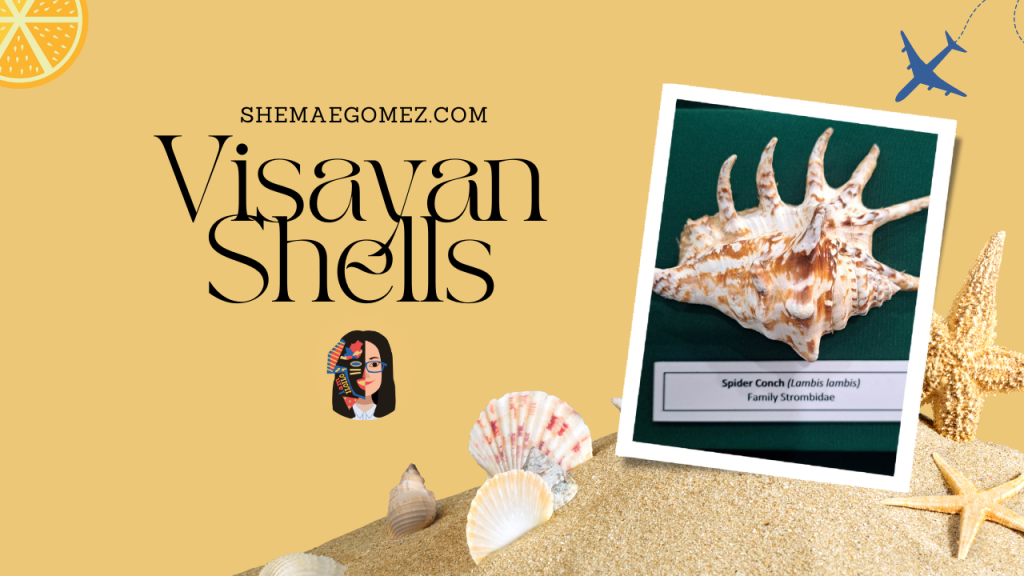Disclaimer: This is not the official press release or communications. The text are taken from the exhibit itself. All credit goes to the National Museum of the Philippines – Western Visayas Regional Museum, International Centre for the Study of the Preservation and for Restoration of Cultural Property (ICCROM), CollAsia Field Projects (Connecting Communities and Collections), and the Cultural Heritage Administration of the Republic of Korea.
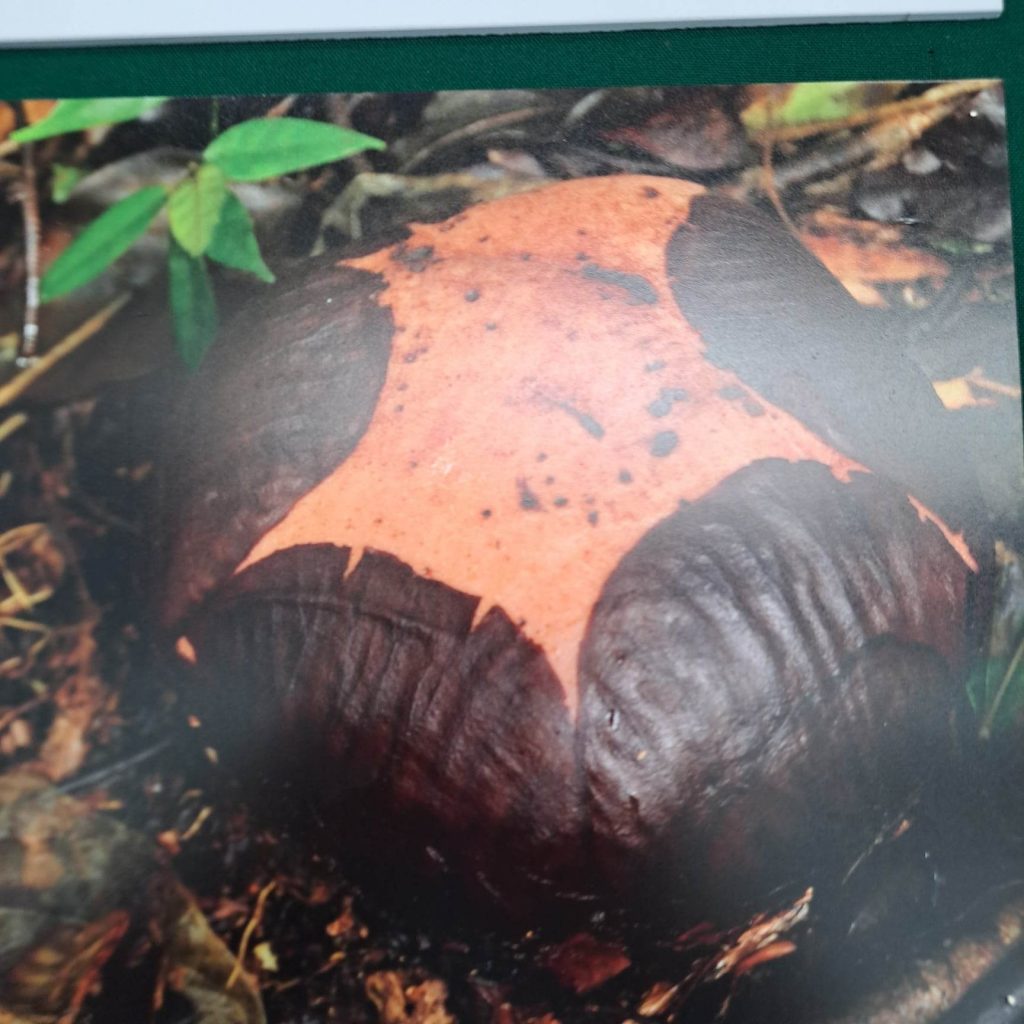
Rafflesia speciosa
Barcelona and Fernando Rafflesiaceae
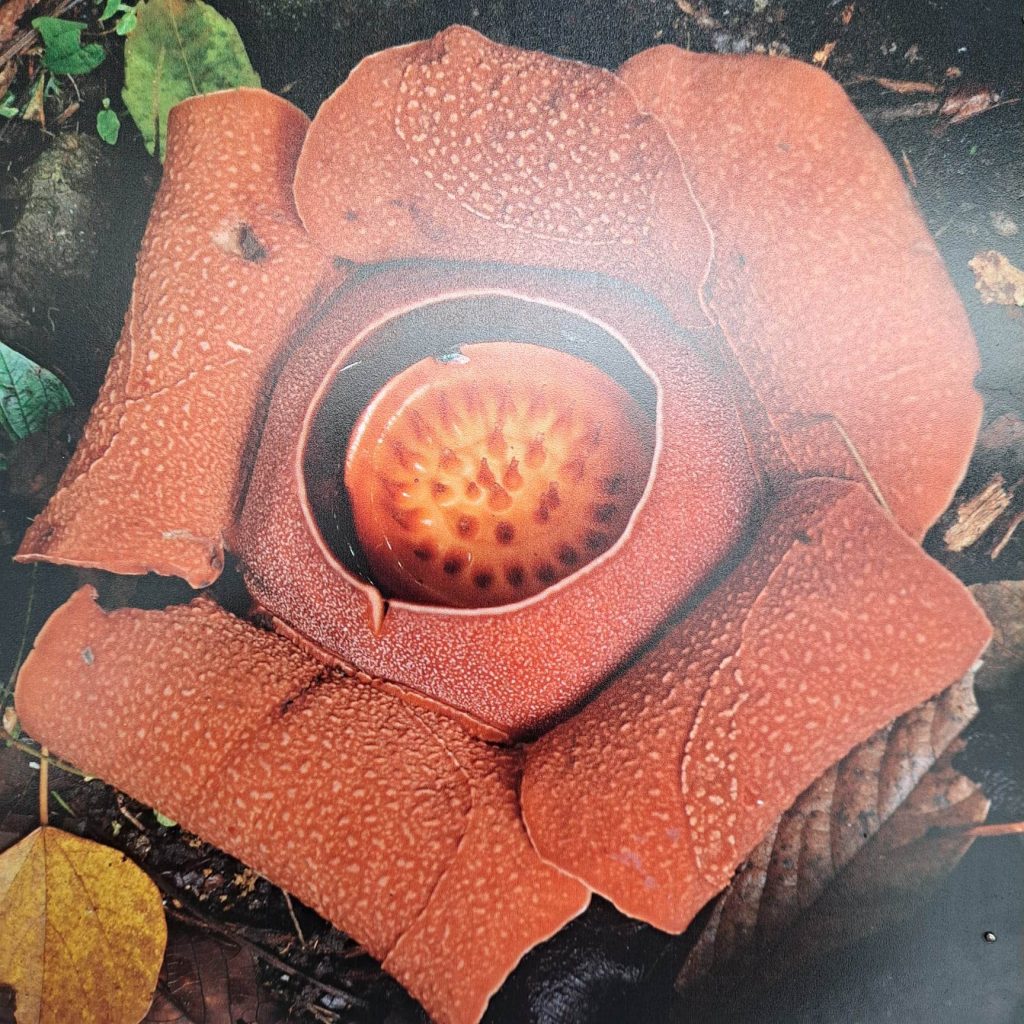
In 2002, the Rafflesia speciosa, locally called, “Uruy” was seen blooming on the island of Panay, Antique by the members of The Antique Outdoors (TAO) while trekking in Sibalom Natural Park. Its flower spans about 45 to 56 cm in diameter, thrice larger than the flower of Rafflesia manillana. In the same year, the plant was named a new species of Rafflesia by Barcelona and Fernando. This species is not endemic to a single island, as it was seen in other regions of the Visayas other than Panay. The distribution pattern of Rafflesia speciosa is unusual for Rafflesia found in the Philippines wherein most of the species are confined only to a single island.

Rafflesia manillana
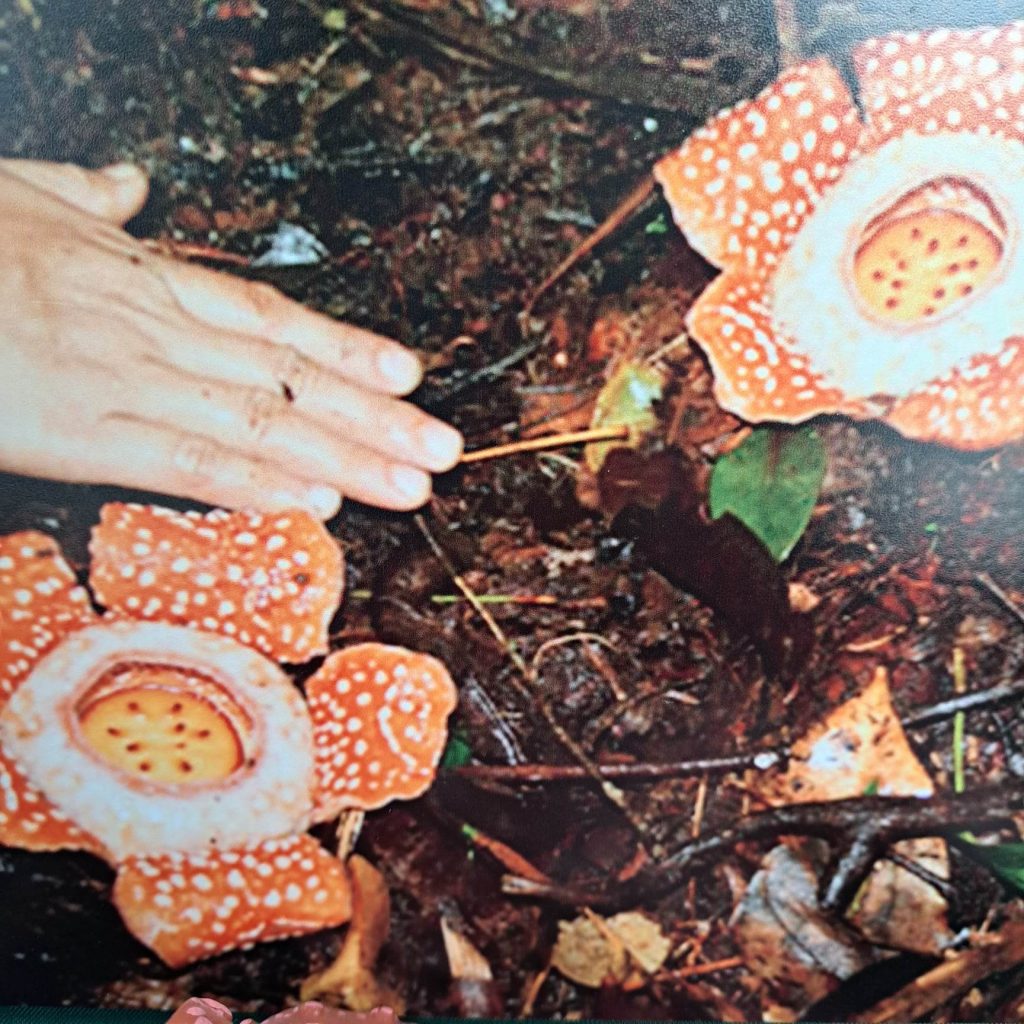
Teschem Rafflesiaceae
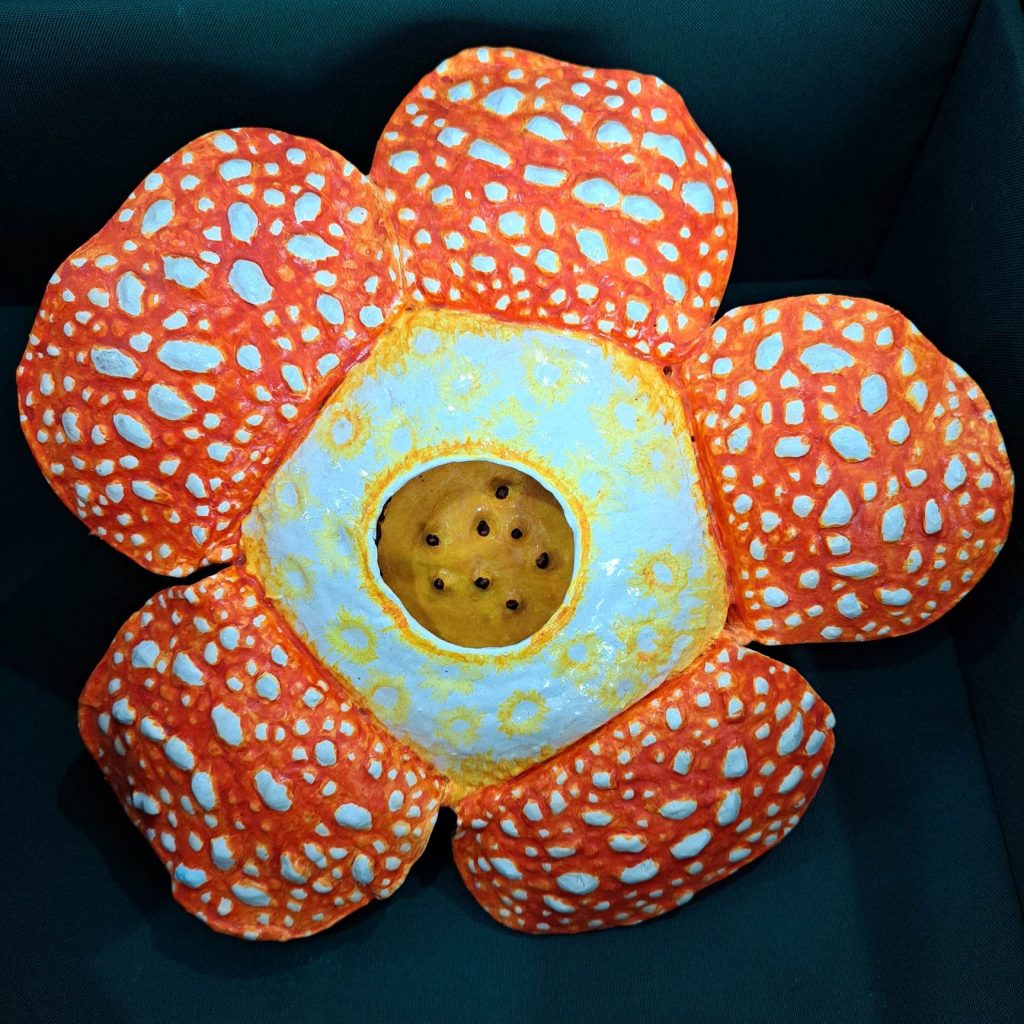
The Rafflesia manillana is one of the smallest known Rafflesia with a flower that spans 15-20 cm in diameter. It was initially discovered in Basey, Samar in 1838 by Hugh Cuming. This plant is not only one of the smallest Rafflesia in the world but it is also considered a rare and endangered species. The rarity of the species may be due to infrequent pollination attributed to insect infestations that result in unsuccessful pollination and seed dispersal. In addition, there is also a threat to the species due to the imbalance in its sex ratio and the destruction of its natural habitat primarily by humans
Pambansang Museo sa Barangay: Bringing Museum Collections to the Fringes
Parts of the Pambansang Museo sa Barangay:
Haból Panay: The Woven Artistry of Western Visayas
Amlig: Biodiversity Conservation in West Visayas Faunal Region
Elephant and Stegodont: The Gentle Giants of Panay
Other helpful exhibits:
Rocks of the Visayan Islands
Shells of the Visayan Region
Protected Areas of the Visayan Region
The Forest Products
The Forest Stratification
The Kanlaon Volcano
The Chocolate Hills
The Pawikan
**Content was only based on the photos I took during my personal visit. I may have missed significant details.
